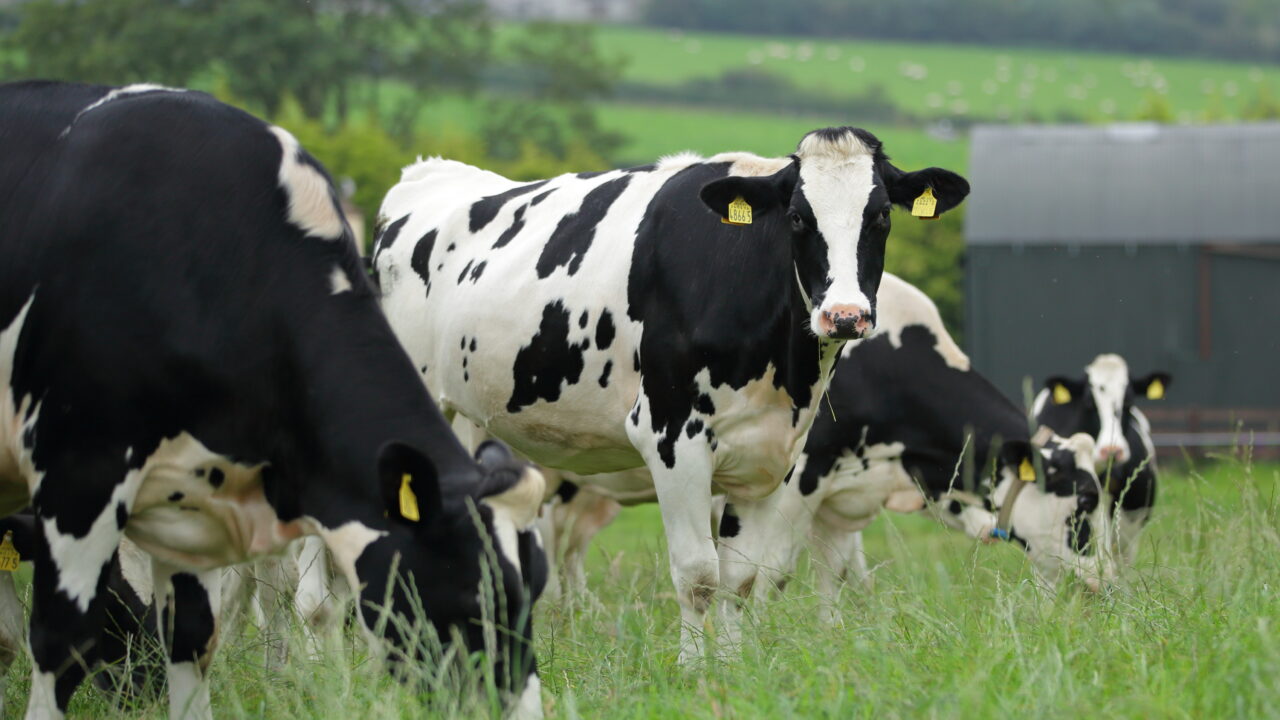Irish dairy exports have increased by 33% reaching a record value of €6.8 billion in 2022 with over 1.7 million tonnes of produce shipped to 133 markets worldwide, Bord Bia has said.
Regions where butter, cheese and casein have a larger proportion of trade such as the EU, north America, and the UK – at an average combined value growth of 43% – performed strongest in 2022.
The EU remains Ireland’s largest destination for Irish dairy accounting for 34% of all value exports; exports to the EU were up by 42% and reached a total of €2.3 billion in 2022.
Bord Bia’s Export Performance and Prospects Report 2022/2023 published today (Wednesday, January 11), shows that the total value of Ireland’s agri-food exports now stands at €16.7 billion.
The export value of Irish dairy in Germany rose by 32% to €482 million, with cheese and butter accounting for over two thirds of volume. Export values to France were also up by €80 million (+47%).
The Netherlands and Belgium contributed €300 million and €89 million respectively to the overall EU growth figure, while exports to north America reached €800 million (+46%); €925 million in Africa (+33%); and €955 million in Asia (+15%).
Dairy products
Butter and cheese both accounted for 19% each of the export value, followed by fat filled milk powder (FFMP) (13%); casein (12%); specialised nutritional powders (11%); skim milk powder (SMP) (8%); whey (6%); and milk and cream (5%).
Exports of butter increased by 26% (+€270 million) last year to a record value of €1.32 billion, with the EU, the UK and north America accounting for 95% of exports.
Cheese exports reached €1.3 billion, up 25% (+€260 million) on 2021 levels, with strong trade to France, the Netherlands and Germany due to lower local supply. Irish cheddar exports to Spain and Belgium increased by 40% and 70% respectively.

FFMP exports reached €920 million (+34%) with favourable trading conditions offered into the key west Africa markets of Nigeria, Senegal, and Ghana last year.
Casein and SMP demonstrated the largest value growth at 68% and 44% respectively. Weekly EU average prices quoted for SMP ranged between €3,500-4,000/t for much of the spring and summer 2022, leading to Irish export values of €560 million.
EU markets were the key drivers of growth in SMP values, up by 77% with Germany, Italy and the Netherlands driving increased demand. Africa delivered 36% growth and exports to Asia grew by 16%.
Casein powder exports reached €790 million affirming the strategic decisions the Irish dairy industry has made in investing in the manufacture of this product, Bord Bia said.
Prices maintained well over €10,000/t in 2022 and Irish processors produced and shipped an additional 10% in volume. Germany, Italy, Poland and Spain, and the US and Mexico, still accounted for over two-thirds of total exports and growth.
Exports of specialised nutritional powders increased by 11% in 2022 to a value of €730 million, driven by a significant increase in demand in the US due to lower availability of domestic supplies.
However, this is exceptional and unlikely to be repeated in 2023. Exports to China continue to decline, while the Philippines, Indonesia, and Thailand performed strongly and exports to the region grew by 5%.
UK exports
Irish dairy exports to the UK increased by 39% reaching €1.3 billion in 2022, while its share of dairy exports remained relatively static at 19%. Cheese and butter accounted for over 50% of exports in 2022.
Butter volumes exported increased by over 70% with the corresponding value jumping by around 150%. From a cheese perspective export values dropped slightly, reflecting lower volumes shipped from Ireland.
2023 prospects
Irish dairy supply is expected to be modestly ahead of 2022. While increased fertiliser availability and favourable weather conditions would support volumes, energy cost volatility and labour availability may influence production decisions.
Environmental considerations, and indeed regulations, are playing a more prominent role in the direction of dairy production globally, Bord Bia said.
Industry commentators suggest that volumes imported into China in 2023 will be 5-8% ahead of last year, which would provide a boost to Irish dairy prospects both in China and elsewhere.
Current prospects however are tempered by an uncertain global economic forecast and its impact on consumer spending, and the ongoing cost and input availability pressures facing farmers and processors.
“The diversified nature of the Irish dairy industry in terms of product output and markets served, not to mention its agility and sustainability credentials, positions it well to navigate these factors over the coming year,” Bord Bia said.
